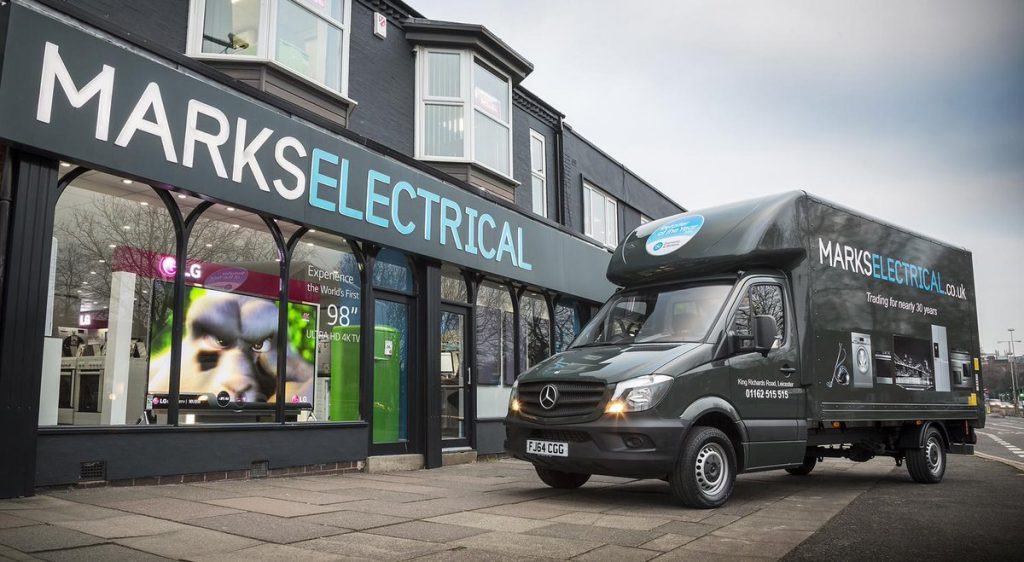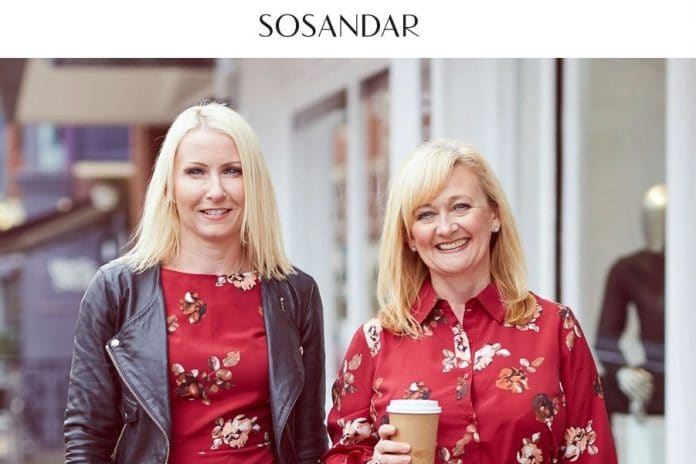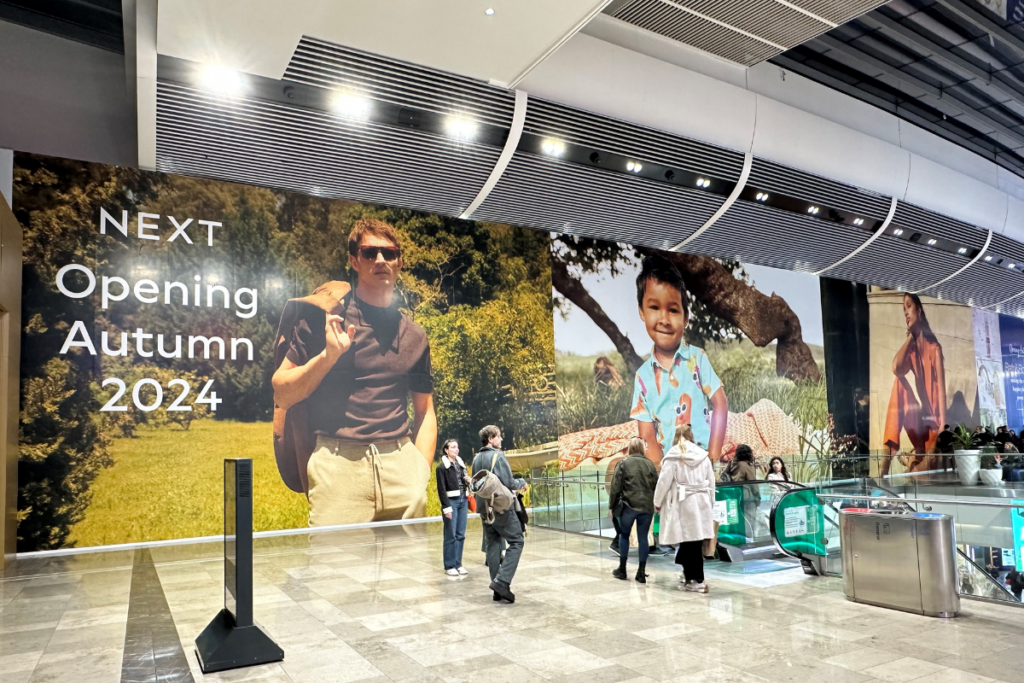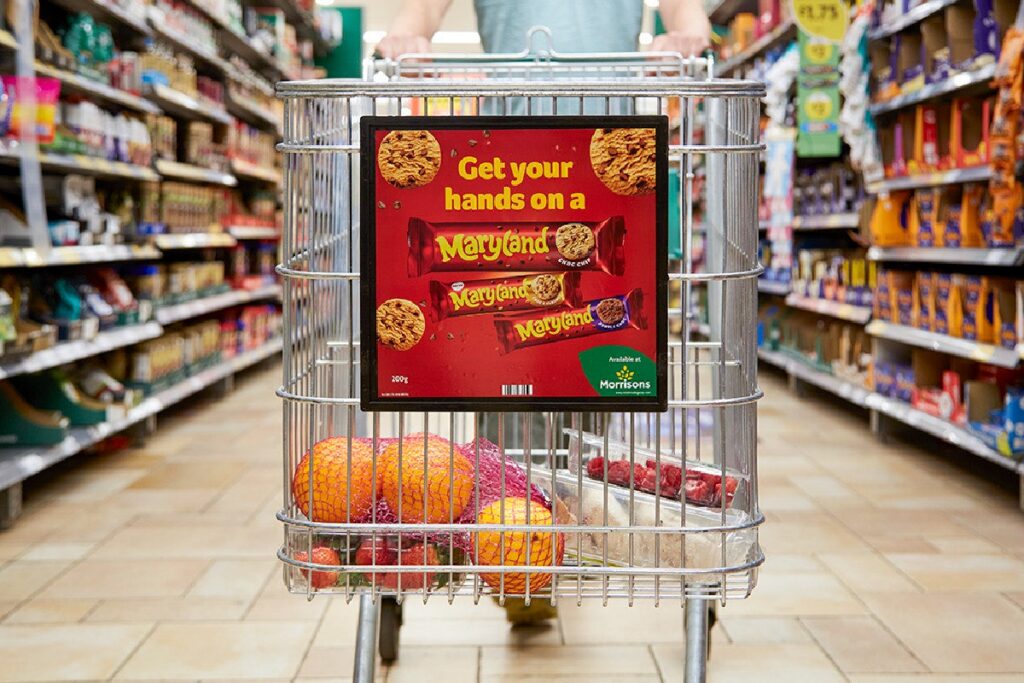With 73 per cent of all UK adults accessing the internet every day and 72 per cent using the internet for online shopping, it has never been more imperative for brands to ensure that they are well represented online.
These statistics published by the Office for National Statistics highlight the changing habits of online retailing. 53 per cent of UK adults now use their mobile to access the internet, shopping on your mobile is prevalent more than ever before and is on the rise. 67 per cent of consumers use multiple devices when shopping, yet despite the statistics the majority of high street retailers remain clueless about creating a mobile-friendly site.
With a new generation of consumers, retailers need to adapt to the new multi-screen age, where the importance of m-Commerce is growing rapidly. Using your smartphone to find information on a product whilst you‘re shopping in the store is a common activity, with brands both online and on the high street waking up to this new approach adopted by consumers. It is important for brands to optimise their site to encourage repeat visits, multiple purchases and avoid a slow-loading page; navigational issues and confusing long-winded purchase process will only hinder sales.
Retailers need to ensure that not only are they represented via m-Commerce, but that they are represented in a way befitting their brand image and ensuring their site has the managed capabilities/infrastructure to cope with consumer demand. From a hosting perspective the site‘s infrastructure needs to be able to cope with growing traffic, creating a seamless experience from search to purchase.
Waitrose is one example of how a retailer used technology to keep its brand image intact and ensure it had the infrastructure to be cope with shifts in demand. In 2011 during the process of re-platforming some of its main websites, deadlines were very much in force in order to meet sales offer dates, in order to capitalise on key spikes in customer spend. Realising that a technology partner was a vital cog in their m-Commerce wheel meant they were able to maintain their strong brand presence online during crucial periods in the shopping calendar.
How can you ensure that consumers return to your site? Keep it simple. No one wants to ‘make an account‘ before completing a purchase. Listen to the demands of consumers and make their experience as easy as possible. Optimised buttons, correct colours can make a big difference to a consumer‘s experience of your site. Asking for information before completing a purchase, will feel as nothing more than an intrusive cheap marketing ploy and therefore less likely to return.
Every consumer is different, and retailers need to increase their digital footprint, embrace smart content and change with these changes in consumption trends. Mobile retailing has the potential to spark spontaneous buying, and by creating a simple, engaging and optimised m-Commerce site you are sending the message that you relate to your buyers, understanding them and their needs.
Debenhams is an example of a retailer who has embraced the world of multi-channel. Online sales have increased 40 per cent, with mobile visits compared to the same period last year, up 85 per cent. By realising the potential of m-Commerce and adapting their online offering, they have ultimately increased their sales and improved their reputation as a retailer who understands what its customers want.
The Office for National Statistics shows that internet consumption is on the rise. In just two years the amount of people accessing the internet every day has grown by 5 million and 97 per cent of UK households have internet connection. The way we shop correlates with the growing digital world and in the post-PC era, the future of retailing lies within multi-platform.
Whilst this sounds exciting, an important factor for consumers is payment protect
RELATED STORIES
















